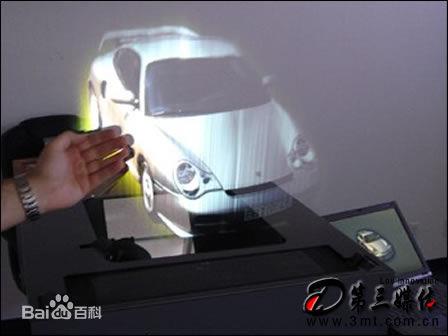Take 3-D printing as an example: 3-D printing technology, also call add-on manufacturing technology, can construct a complete functional component from scratch by continuously overlapping and adhering material layers, without the need to build injection moulds. The impact of this transformation on manufacturing process and product form is enormous. Three-dimensional printing has brought about an improvement in overall efficiency - not only shortening the design cycle, reducing total production costs, but also shortening the time from production to delivery.
The impact is more than that: 3D printing technology has changed the way designers and manufacturers work, and the technologies they use and the training they need are totally different.
First of all, 3D printing technology can be said to open a new door for designers and engineers, so that they have full freedom, play their creative inspiration, get rid of the restrictions and constraints of the past.
Because there is no need to use injection moulds, even if they are designed for mass production, designers no longer need to consider the drawing angle or seam. In short, they need to get rid of the shackles of traditional manufacturing. In the industrial 4.0 era, new thinking mode, design ideas and skills are needed. Additional material manufacturing can allow designers to create more complex and even unprecedented new components. The traditional design thinking will gradually fall behind.

Secondly, unlike traditional manufacturing linear workflow, 3D printing requires designers and engineers to collaborate more closely at each node of the process. In the traditional manufacturing process, the interaction between designers and engineers is very limited. After the Designer completes the product design, the engineer carries out the prototype construction and testing, and then builds the injection moulding tool and carries on the batch production. However, this also means that functional considerations only occur in the second half of the development cycle, including material performance, structural integrity and design durability.
The 3D printing ecosystem encourages a more integrated and interactive process. Designers must consider how a component is manufactured from the beginning of the design cycle. New CAD technology (computer aided design technology) has been able to support the consideration of functional factors during the design of visual construction, so engineers must also participate in the early design stage.

